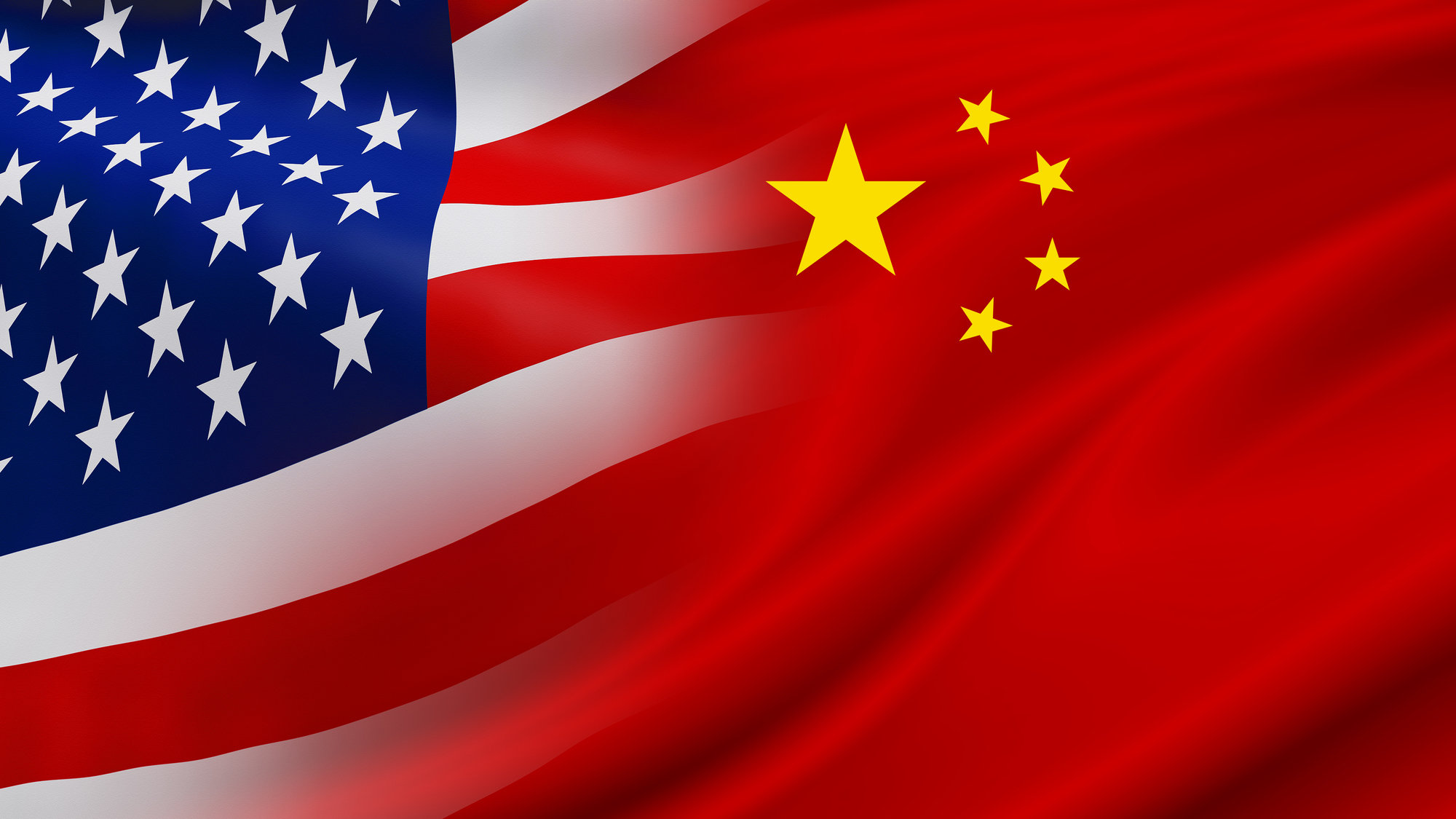2014/08/27
No. 204: Seiichiro Takagi, "Xi Jinping's New Asian Security Concept"
[PDF version]
The "New Asian Security Concept" (NASC) presented by President Xi Jinping in mid-May at the Summit of the Conference on Interaction and Confidence-Building Measures in Asia (CICA) in Shanghai, represents China's new initiative for constructing a regional security architecture to its liking. Although there are interesting similarities between it and its predecessor, the New Security Concept (NSC) presented in the mid-1990s, the difference between them in both intention and context points to the characteristics and problematic nature of China's external behavior in a new regional power configuration.
The NASC is defined as "common, comprehensive, cooperative and sustainable" security for Asia and incorporates the NSC, which is characterized as featuring "mutual trust, mutual benefit, equality and coordination." The NSC was presented in the context of redefining and strengthening the Japan-US security alliance for the post-Cold War era with the 1996 Joint Declaration on Security, followed by the revision of the Defense Cooperation Guideline in 1997. It incorporated the notion of cooperative security for the purpose of asserting that military alliances were a relic of the Cold War with no regional security role in the post-Cold War era. Similarly, the presentation of the NASC was made in the context of the latest phase of the strengthening of the US-Japan alliance. President Obama had visited Tokyo in April, and made an unequivocal statement that the Senkaku Islands are covered by the Japan-US Security Treaty, which represented the highest-level attempt to dispel Japanese uncertainty about the reliability of the alliance. Predictably, Xi's speech criticized the military alliance as "not conducive to maintaining common security." Just as the introduction of the NSC was synchronized with the declaration of strategic partnership with Russia, which was intended to be a joint effort to counter the US' post-Cold War unipolar dominance, the announcement of the NASC was synchronized with the joint announcement of further development of the China-Russia "comprehensive partnership."
The NSC functioned as the theoretical foundation for China's engagement in multilateral security mechanisms. Its first presentation in 1996 coincided with China's tactical shift from passivity to limited proactive involvement in the ASEAN Regional Forum and the first summit of the Shanghai Five, which was a predecessor to the Shanghai Cooperation Organization. On the other hand, the Xi Jinping speech included a regional security architecture initiative. He proposed to enhance the capacity and institution building of CICA and to explore the establishment of a regional security cooperation architecture on that basis. Just as the NSC was also an attempt to counter emerging perceptions of a China threat in Southeast Asia, caused by Chinese occupation of the Mischief Reef in the Spratlys in 1995, the NASC was also part of an attempt to quell objections to Chinese assertiveness in the South and East China Sea, following up on the first work conference on peripheral diplomacy in October 2013.
Interestingly enough, while the NSC represented a multi-faceted effort to counter US influence in Asia, China also tried to improve the ties with the US. Having experienced serious tension with the US surrounding Taiwan's first presidential election in March 1996, China quickly moved to welcoming the US National Security Advisor's visit in July and agreed to a strategic dialogue and an exchange of visits by both presidents, which were realized in the following two years. Similarly, the presentation of NASC was preceded by Chinese appeals to construct a "New Type of Major Country Relationship" with the US, which culminated in the informal summit between Xi Jinping and Obama in Sunnylands in June 2013.
In spite of these and other similarities, there are significant differences. Even though the rejection of a role for security alliances, especially that between Japan and the US, in Xi's speech is not as pronounced as in the NSC, the difference is more than offset by an appeal, reminiscent of the Monroe Doctrine, that "it is for the people of Asia to run the affairs of Asia, solve the problems of Asia and uphold the security of Asia."
The exclusionist tone of the appeal is somewhat diluted by a statement that countries in Asia must be committed to cooperation with countries in other parts of the world and international organizations. However, Xi's speech included a proposal for transforming the CICA into a security dialogue and cooperation platform for the whole of Asia and exploring the establishment of a regional security cooperation architecture on that basis. CICA's membership does cover a wide geographical span from East Asia to Middle East but it only has 26 formal members. Such key countries in East Asia as Indonesia, Philippines, Japan and Malaysia, as well as the US, a power with a presence in Asia, only have observer status. With the CICA having no track record and no realistic prospects for a positive role in managing serious problems among existing members, such as those between Israel and Palestine and between India and Pakistan, it is unlikely that most of the current observers will apply for full membership to make CICA a true platform for the whole of Asia in the near future. Moreover, Xi's seriousness about its cooperation with other international organizations is questionable because of his failure to mention key Asian platforms such as the ARF and East Asian Summit as institutions that China supports.
Another important feature of the NASC is the emphasis it places on development, which is characterized as "the greatest security and the master key to regional security issues." Its institutional manifestation is a proposal to establish the Asian Infrastructure Investment Bank (AIIB), which was first mentioned in Xi's speech at the Indonesian parliament in October 2013. Given the huge gap between the demand for infrastructure-building in Asia and the funds available at existing international financial institutions, the presidents of the World Bank and the Asian Development Bank naturally welcomed the initiative. However, China has not provided a convincing answer to the question of how the role of the AIIB will differ from that of the Asian Development Bank. The US has also openly questioned in July how the AIIB will be able to maintain "high standards of governance, environmental and social safeguards, procurement, and debt sustainability". At the ASEAN Plus Three meeting in August, the Japanese foreign minister reportedly questioned what kind of the value-added would be achieved by the AIIB and emphasized the importance of loan provision based on the recipient country's debt sustainability. The suspicion in many quarters is that China's intention is to marginalize the influence of the US and Japan in the Asian Development Bank. So far, Japan and the US have not agreed to join the initiative.
These differences constitute important aspects of China's current overall assertive foreign behavior, which reflects their self-image of significantly enhanced relative power vis-a-vis its neighbors and even the US. In the 1990s China's presentation of NSC was couched in a generally accommodative foreign policy. The recent developments surrounding the NASC makes one wonder if China has completely departed from this diplomatic approach.
Dr. Seiichiro Takagi is a Senior Adjunct Fellow at JIIA. Before moving to his current position in April 2011, he was professor at the School of International Politics, Economics, and Business, The Aoyama Gakuin University (2003-2011), and Director of the Second Research Department at The National Institute for Defense Studies(1999-2003). He is a specialist on Chinese foreign relations and security issues in the Asia-Pacific region.
The views expressed in this piece are the author's own and should not be attributed to The Association of Japanese Institutes of Strategic Studies.





